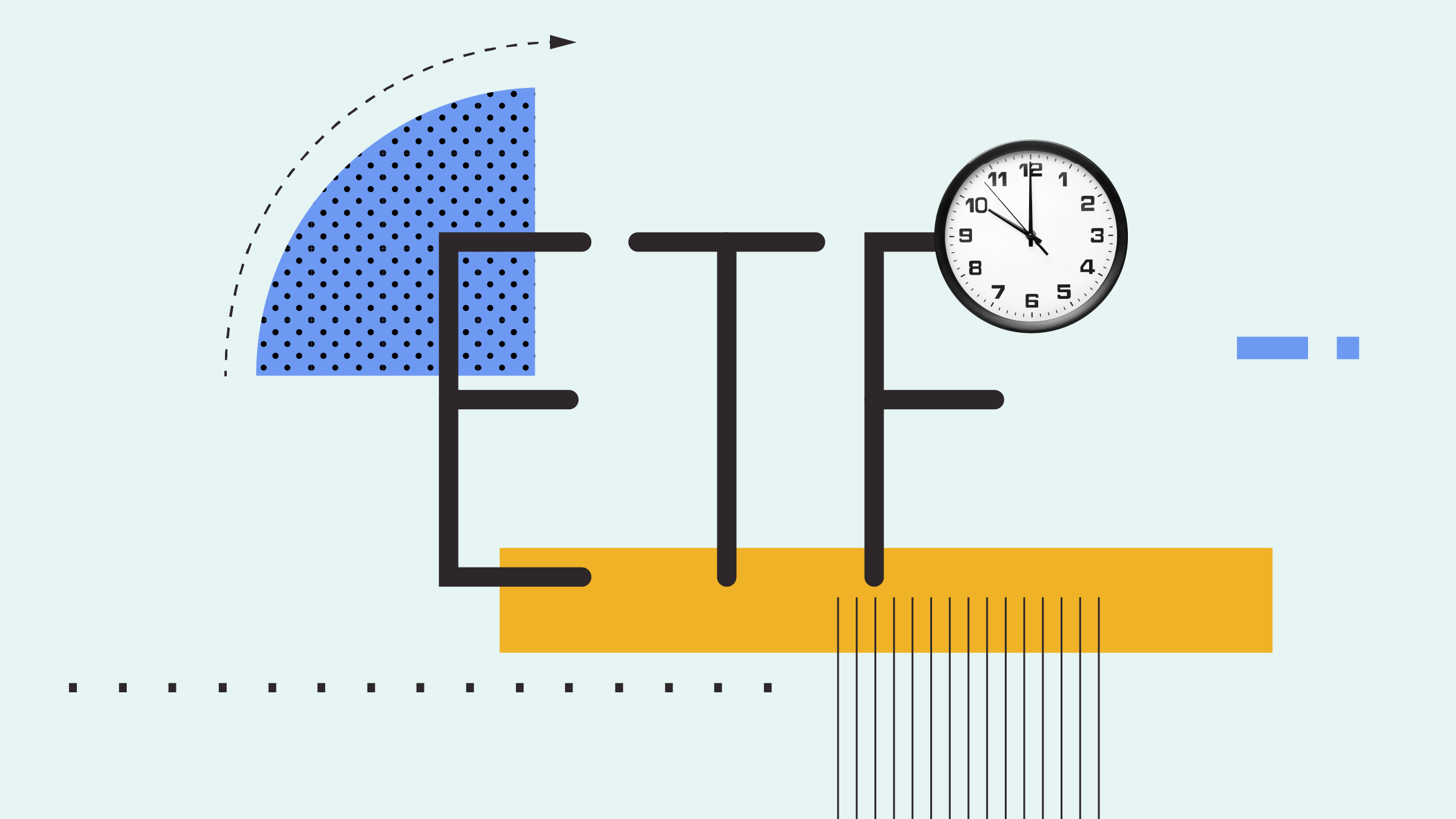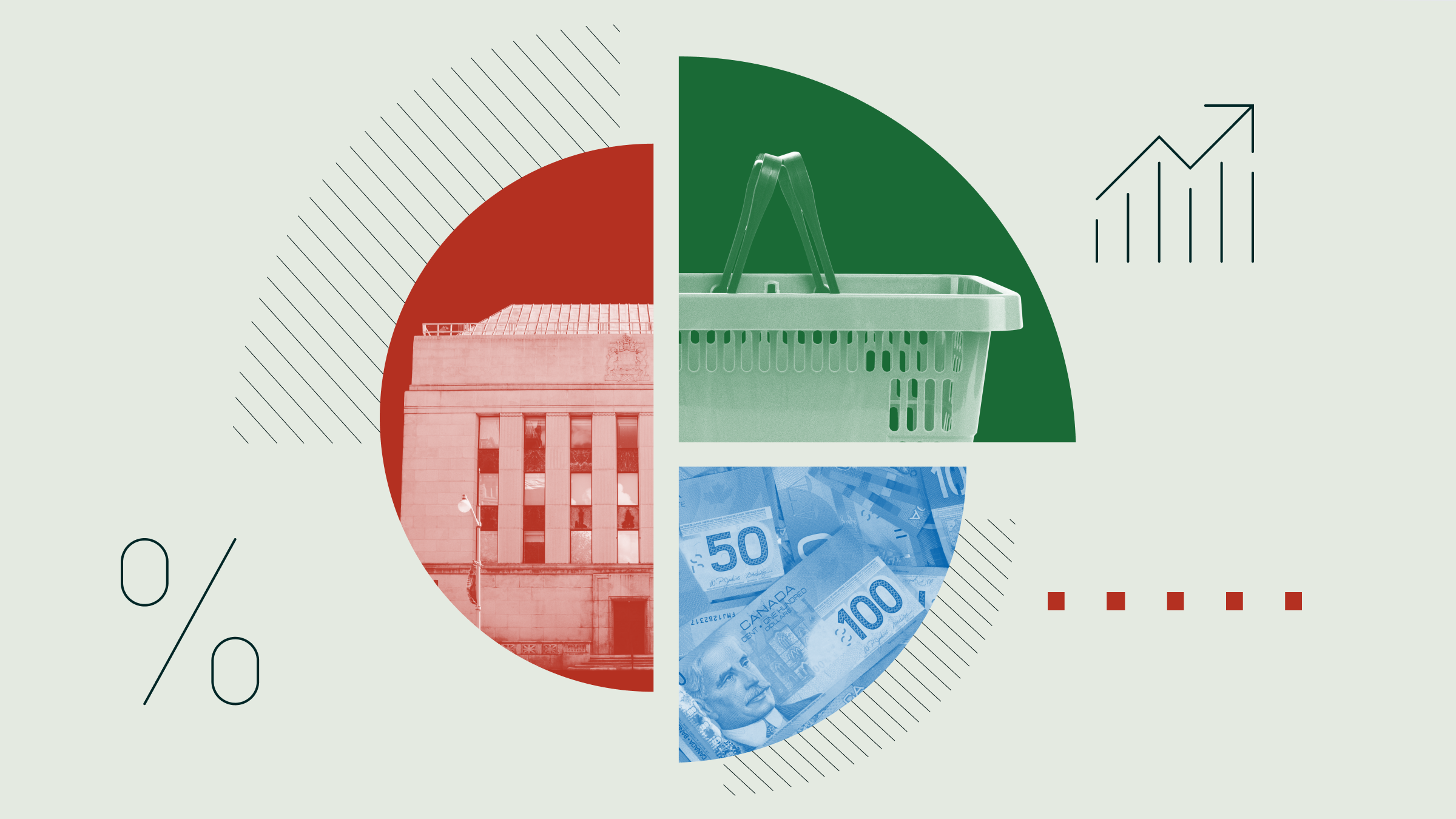Owning U.S. stocks, bonds or other U.S. securities is a good way to diversify within your registered retirement holdings, especially if you can do so in a U.S.-dollar account.
Without this type of account, the investments and any dividends received in U.S. dollars are automatically converted into Canadian dollars. Account holders lose money on such transactions due to the buy-sell spread that brokers build into their currency-exchange operations.
A registered retirement account -- such as an RRSP, a registered retirement income fund (RRIF) or a locked-in retirement account (LIRA) -- is also ideal for holding U.S. dividend-paying stocks. There's no withholding tax, and any income earned is tax-deferred until it's withdrawn from the account.
By contrast, in a non-registered account, U.S. dividends are fully taxed as ordinary income, since the Canadian-dividend tax credit is not applicable. There is also withholding tax on any U.S. dividends you receive.
How much money could you lose without a U.S.-dollar RRSP or other registered retirement account? To find out, I contacted six discount brokers in early February to find out how much it would cost to exchange US$5,000 for Canadian currency. I found that, on average, the mark-up – the spread between the broker's buying price and selling price for currency transactions -- was about 1.6%. (You can expect this currency-conversion cost to be lower for larger amounts.)
Assuming a 1.6% mark-up, here's what the extra cost would be for these examples of typical account transactions involving U.S. stocks:
- If you bought $10,000 worth of U.S. stock using Canadian dollars, it would cost you $160 for currency conversion to first buy U.S. dollars before buying the stock. Similarly, if you sold the same dollar value of U.S. stocks, it would cost you $160 to convert the proceeds back to Canadian dollars.
- If you received annual dividends on 500 shares of Coca-Cola Co. KO at US$1.12 per share, for a total of $560, it would cost you $8.96 ($560 multiplied by 0.016) to convert the dividend income back to Canadian dollars.
Among the online brokerages, BMO InvestorLine, Questrade and RBC Direct Investing have provided clients with U.S.-dollar registered retirement accounts as a standard feature for some time. National Bank Direct Brokerage recently introduced this capability.
Some discounters impose extra charges for providing U.S.-dollar registered accounts. Virtual Brokers charges US$50 per year for a U.S.-dollar RRSP or LIRA. Qtrade clients pay a US$50 annual fee for a U.S.-dollar registered retirement account.
Elsewhere, Scotia iTrade levies a flat fee of $30 per quarter for what it calls a U.S.-Friendly RRSP. This account allows a client with a Canadian-dollar registered retirement account to buy and sell U.S. securities without paying the usual mark-up for currency conversion.
At TD Direct Investing, registered retirement account clients can avoid currency- conversion mark-ups by enrolling in the discount brokerage's foreign-exchange "washing" service. This service automatically equalizes the exchange rate for same-day U.S. transactions in securities, including dividend reinvestment plans (DRIPs).
Similarly, CIBC Investor's Edge will neutralize the exchange-rate mark-up on the same day that a U.S. stock is traded in a registered retirement account. Clients must request the service on the same day as they make their trades.
The landscape for U.S.-dollar registered retirement accounts is similar in the full- service brokerage world. As is the case with discounters, some full-service firms offer U.S.-dollar accounts while others do not.
One rule of thumb: If a discount brokerage offers U.S.-dollar registered retirement accounts, its parent company's full-service brokerage arm (if there is one) usually also has this capability. BMO Nesbitt Burns and RBC Dominion Securities offer U.S.-dollar registered retirement accounts at no extra charge. National Bank will be rolling out these accounts to its full-service clients and correspondent network later this year.
U.S.-dollar registered retirement accounts aren't part of the account line-up at ScotiaMcLeod, TD Waterhouse and CIBC Wood Gundy. However, exchange-rate washing services may be available at these full-service brokerages.
Some full-service brokers charge an extra fee for a U.S.-dollar registered retirement account. At Burgeonvest Bick Securities, for example, a second RRSP account in a different currency is available for a $50 fee over and above the annual RRSP administration fee.
Whether you deal with a full-service brokerage or a discounter, diversifying your RRSP, RRIF or other registered retirement account into U.S. securities will result in your having to pay exchange-rate mark-ups if all U.S.-dollar transactions are automatically converted to Canadian dollars. These fees can be avoided by dealing with a broker that has U.S.-dollar registered retirement accounts. If your broker does not offer such accounts, you may be able to reduce your costs by requesting an exchange-rate washing service.















